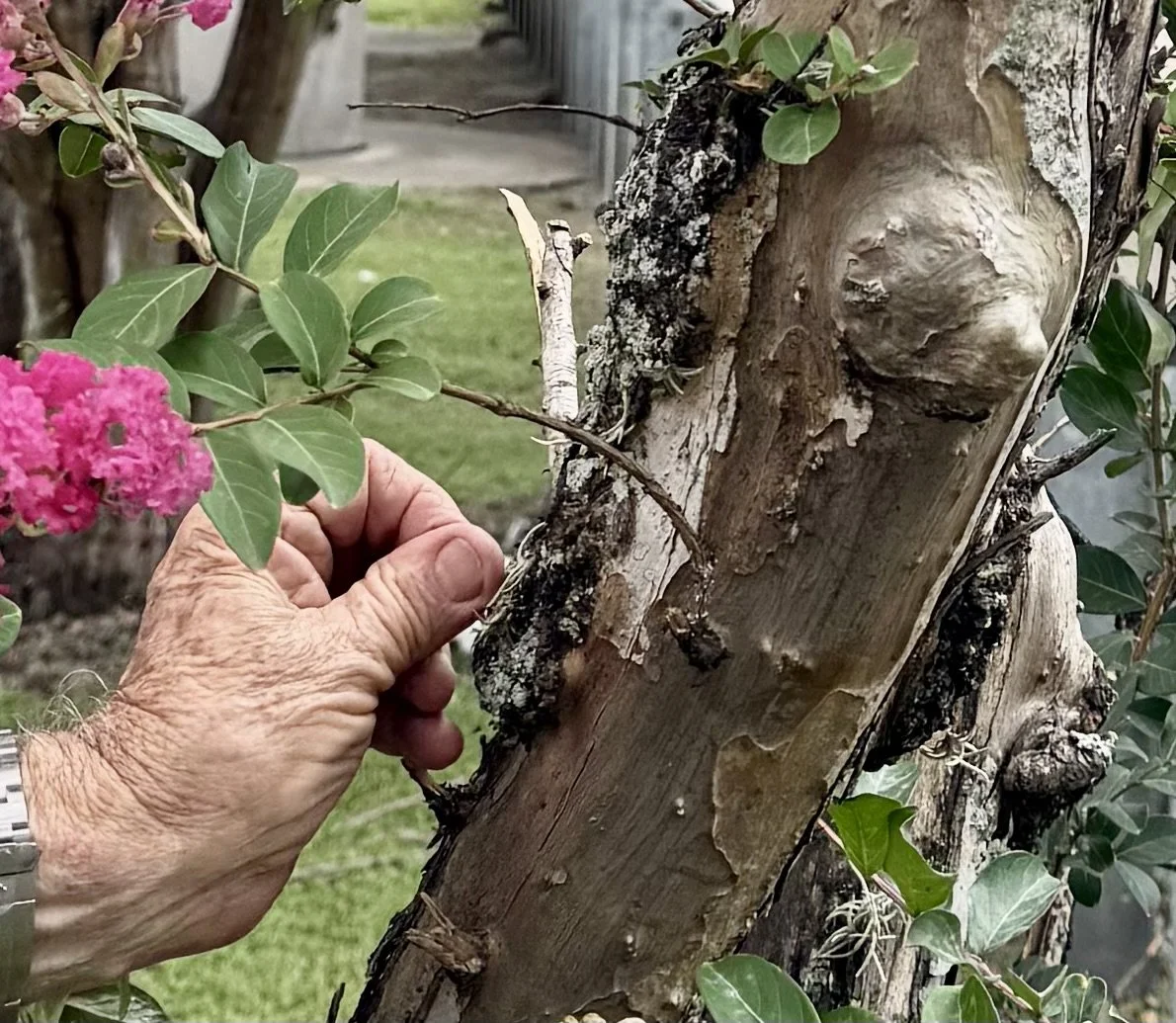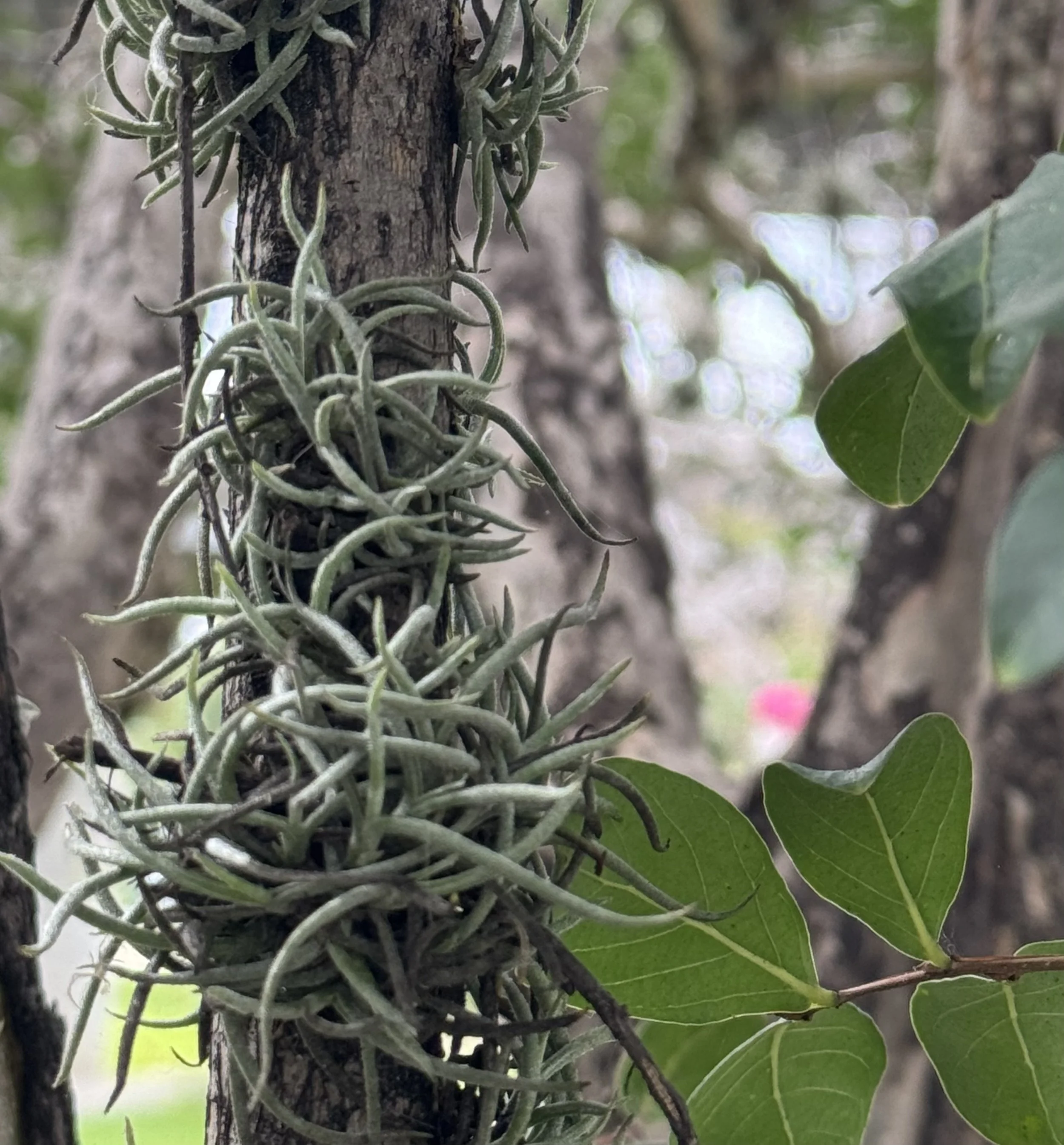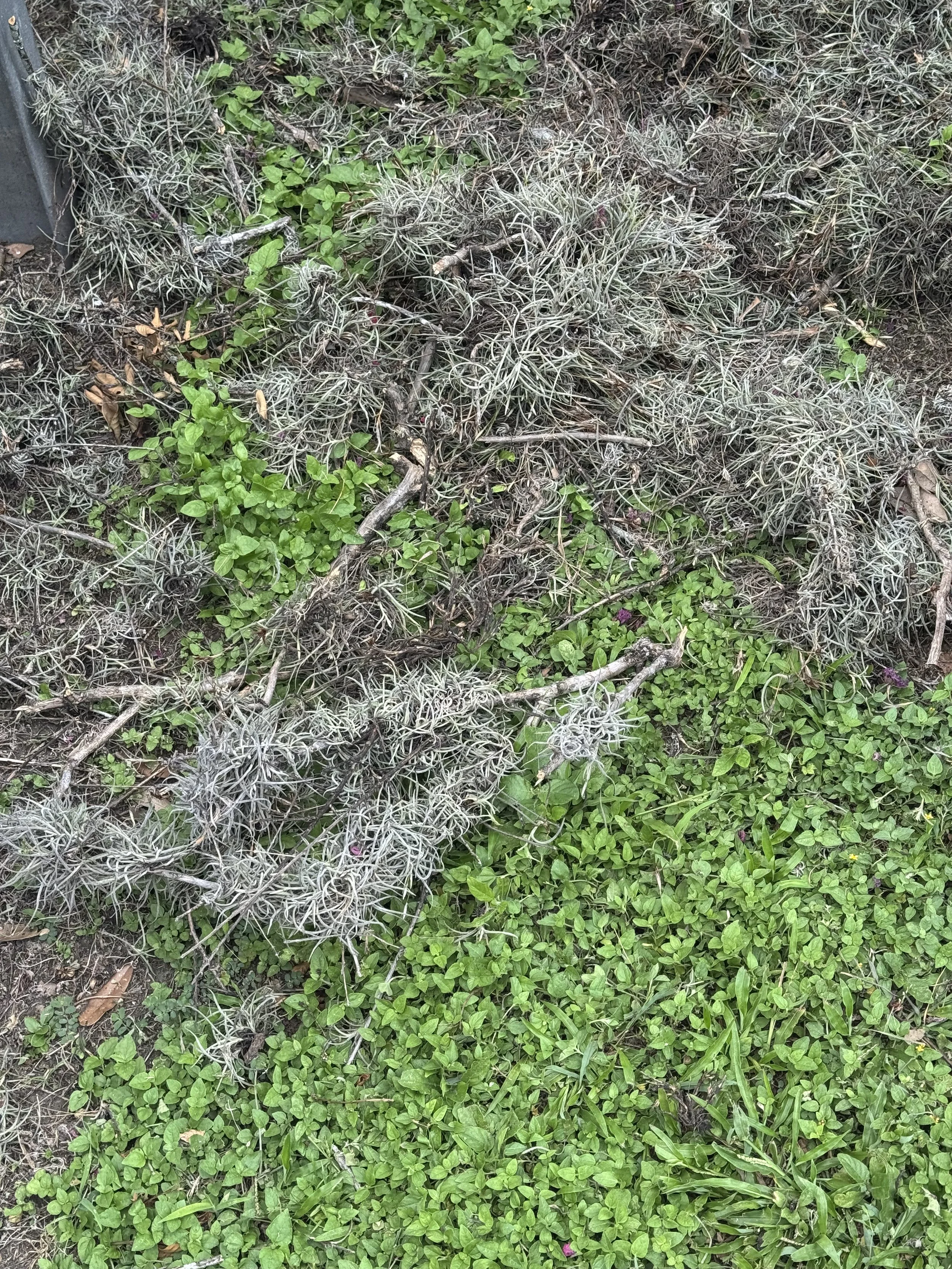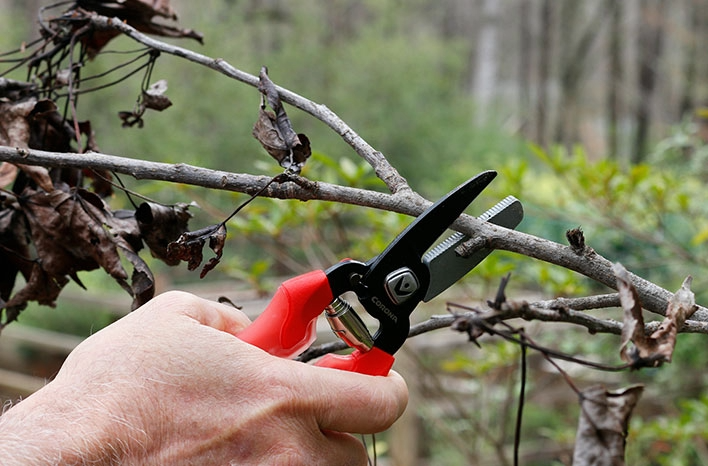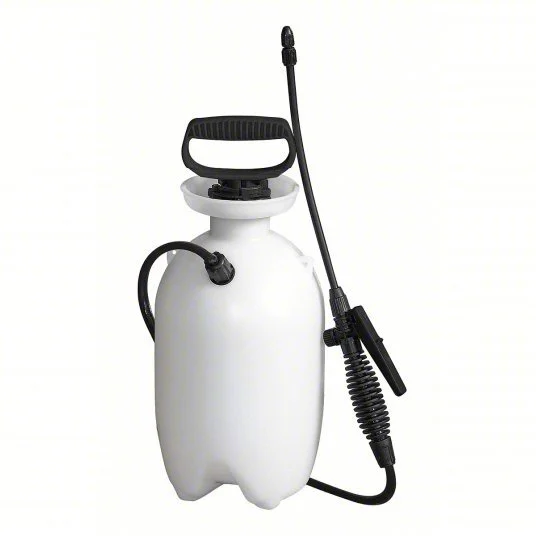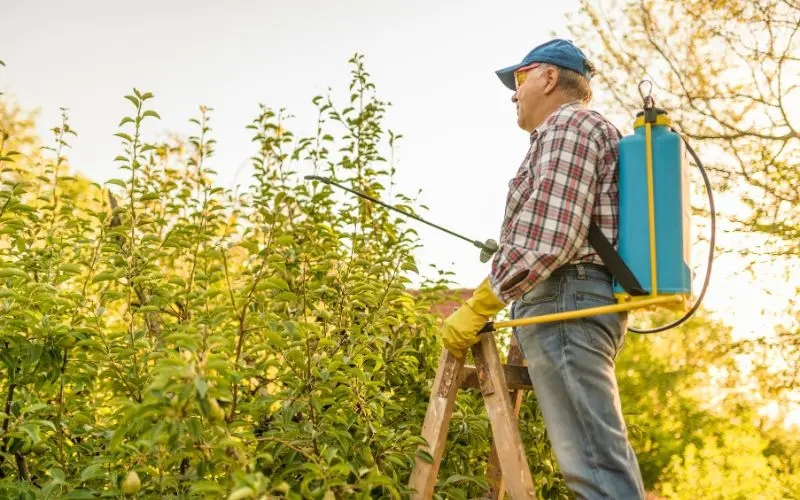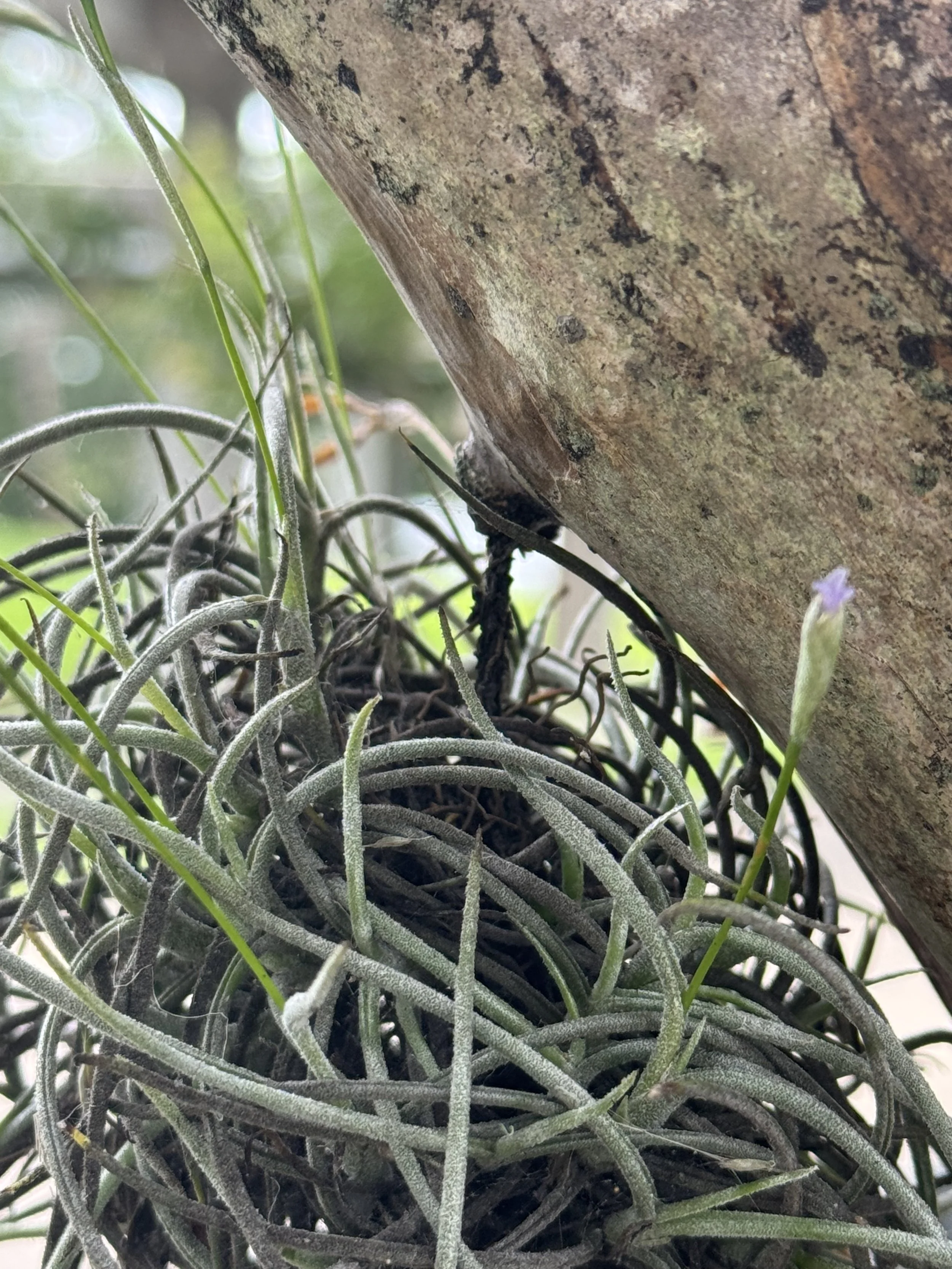Take Action: Remove Ball Moss and Restore Tree Health
Ball moss spreads fast—but with the right tools and guidance, you can stop it before it causes serious damage.
This page shows you two safe, effective methods for removing ball moss at home: by hand or with a baking soda spray. Other treatments, like clove oil and copper-based solutions, also work—but copper should only be used by trained professionals due to safety risks.
As mentioned in the Learn section, infestations often start at the top of the tree and move downward. If you spot moss in high, hard-to-reach areas, we recommend using a professional. You’ll find trusted providers listed under Act: Professional Ball Moss Removal Service
Take the first step today to protect your trees and your community.
Step-by-Step Visual Guide
Ready to take action?
This simple, image-based guide walks you through two trusted methods for removing ball moss:
by hand and with a baking soda solution.
Whether you're clearing a few small patches or maintaining multiple trees, this guide will help you remove ball moss safely and effectively.
Scroll at your own pace, follow each step, and feel confident in your efforts.
Your trees—and your neighborhood—will thank you.
Option 1: Physical (Hand) Removal of Ball Moss
🪴 Step 1: Inspect the Tree
Look for clumps of ball moss—typically small, gray-green spheres nestled in tree branches. Start with trees that show early signs before the growth becomes dense.
🧤 Step 2: Gather Your Tools
You’ll need gloves, a garden hose, and optionally long-handled pruners or a pole saw.
⚠️ DO NOT use a pressure washer—it can seriously damage bark.
🪜 Step 3: Prioritize Safety
Use extreme caution if using a ladder. Never climb alone. Have a partner to stabilize the ladder, and avoid reaching high or far.
✅ Better yet, hire a tree service for high-up removal.
🌱 Step 4: Remove Ball Moss by Hand
Grip the moss at the base and gently pull or twist it off the branch. Use the hose's focused stream to help dislodge moss from small branches.
🛍️ Step 5: Bag and Dispose Properly
After removing ball moss, it is best to place all clippings into a trash bag. Seal the bag to prevent spores from spreading through the air or landing on nearby trees.
Even though ball moss doesn't root in soil, leaving moss on the ground increases the risk of new growth or reinfestation, particularly in already affected or densely planted areas.
Don’t skip this step—proper cleanup is key to keeping your trees healthy.
✂️ Step 6: Trim Dead Branches
Once the moss is removed, clip away any dead limbs.
Option 2: Baking Soda Solution Treatment
🧪 Step 1: Mix the Solution
In a large bucket or sprayer, combine:
½ pound baking soda per 1 gallon of water
🚿 Pro tip: Use warm water to help dissolve the baking soda more easily.
🌀 Step 2: Shake or Agitate Constantly
The baking soda settles fast. Shake the tank continuously as you work.
⚠️ Note: Most home spray rigs can’t handle this mixture long-term—clean throughly after use
🌳 Step 3: Spray the Ball Moss
Apply your solution generously to all visible ball moss—make sure to fully coat each clump for the treatment to work effectively.
✅ Best time to spray: As soon as you see it.
Whether it’s small, early-stage clusters or larger clumps with flowers, the sooner you spray and remove, the better your chances of protecting the tree—and preventing spread to nearby trees.
💨 Step 4: Let Nature Work
Once sprayed, the baking soda solution begins to dry out and kill the ball moss. Within a few days, you'll notice the moss change from greenish-gray to a darker, dry, almost black color—a sign that it’s dying.
Over time, wind, rain, and natural weathering will cause the dead moss to loosen and fall off the branches.
🚿 Step 5: Optional Rinse or Manual Removal
Once the ball moss begins turning black and dry, you can help speed up the cleanup.
Use a garden hose with a spray nozzle to gently rinse dead moss from the branches. For stubborn clumps, you can also go back and remove them by hand—just follow the same safe removal steps outlined earlier.
This step isn’t required, but it can help your trees look cleaner and recover faster.
🌎 Step 6: Safe and Eco-Friendly
Baking soda is a gentle, eco-friendly option that works well with patience and targeted application—making it a great solution for homeowners and anyone practicing eco-conscious yard care.
